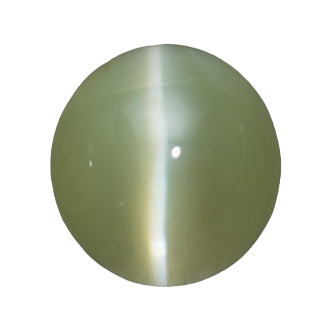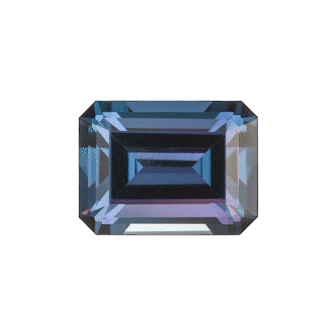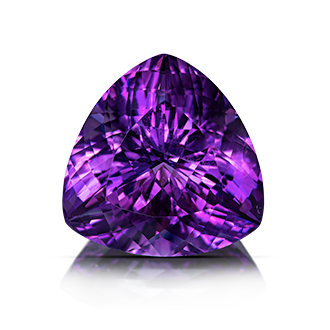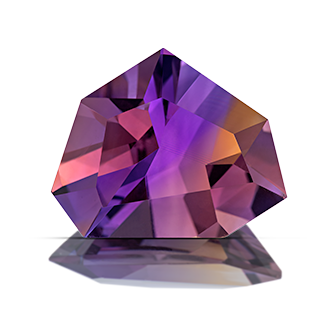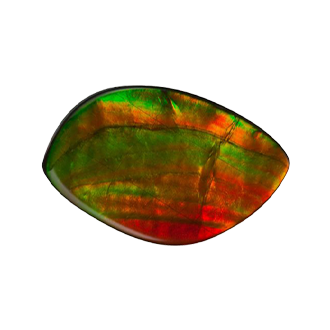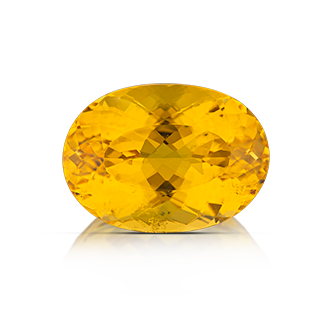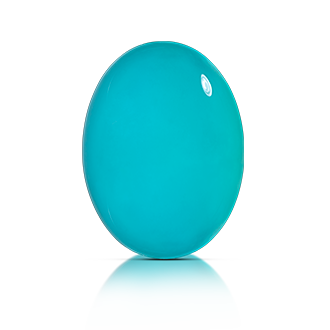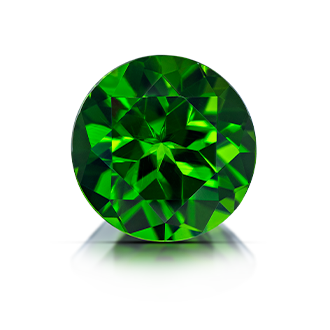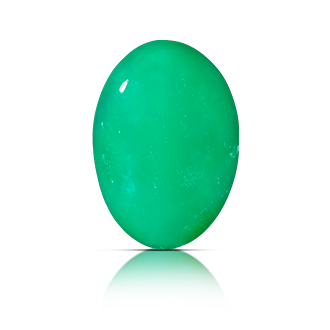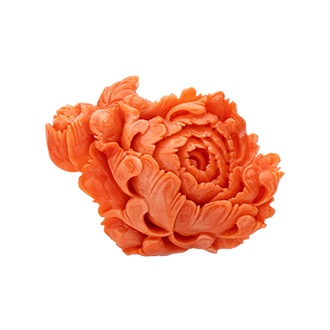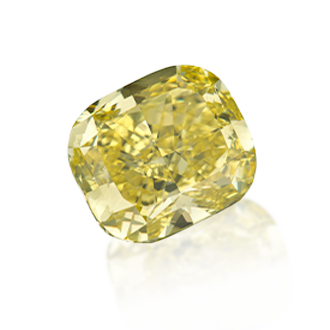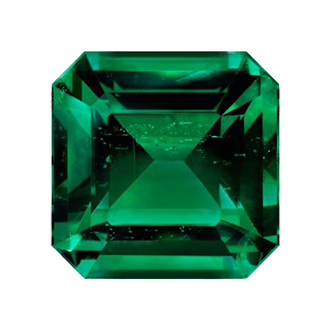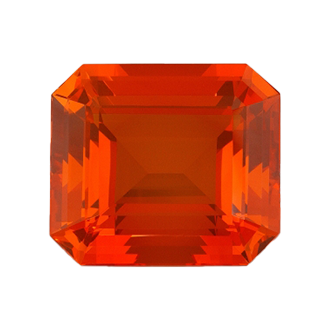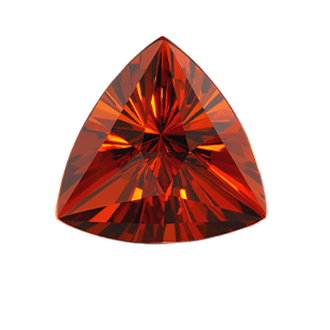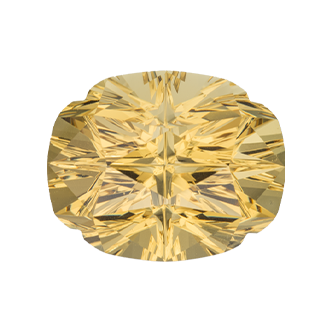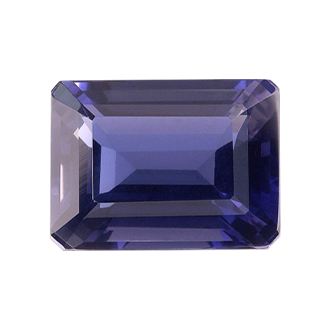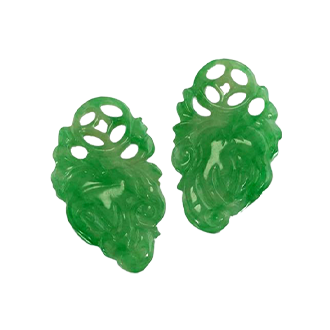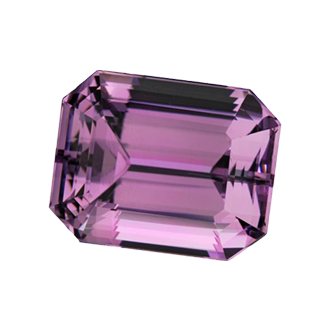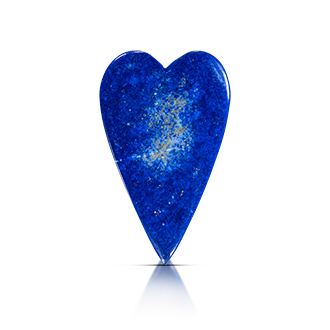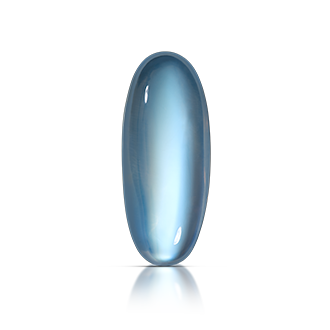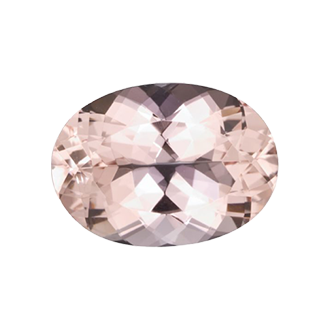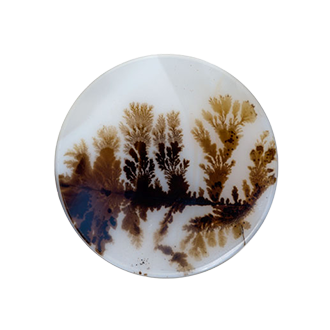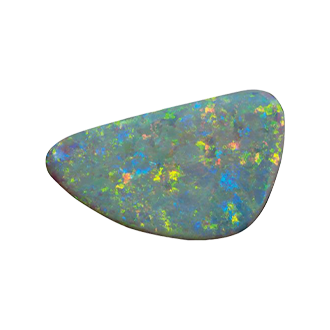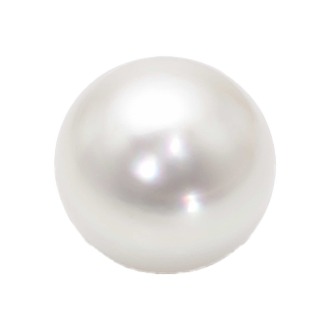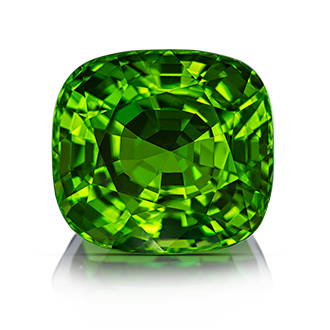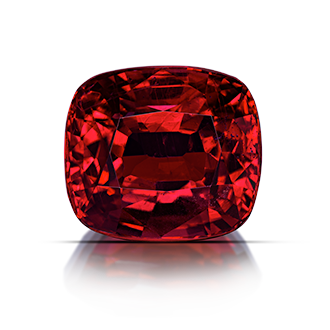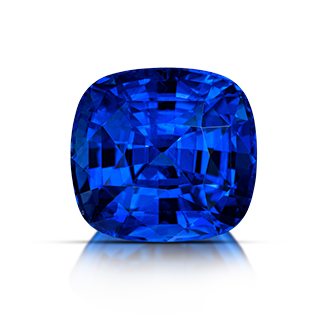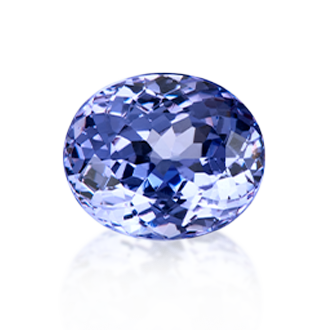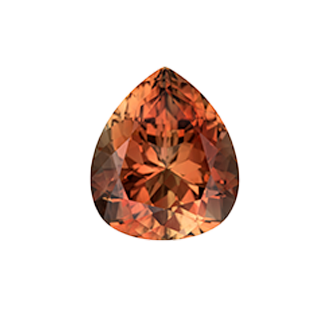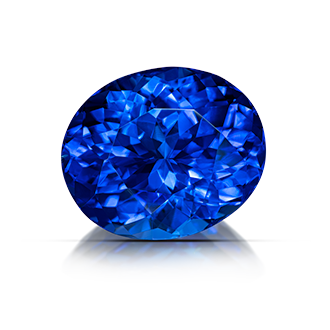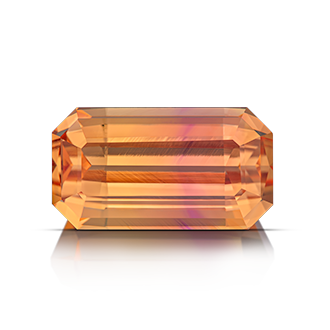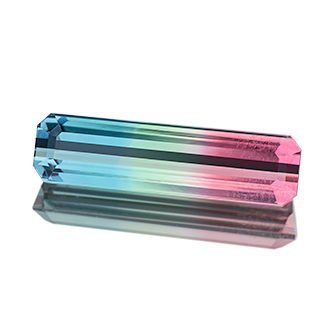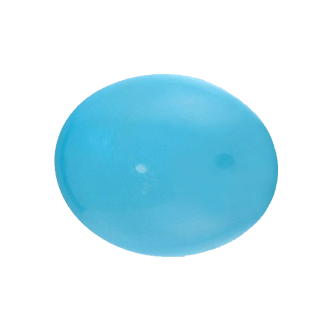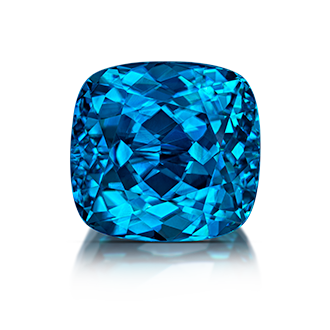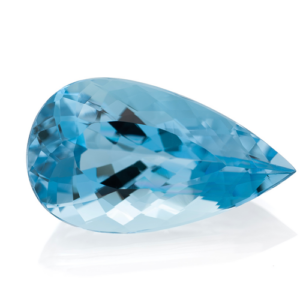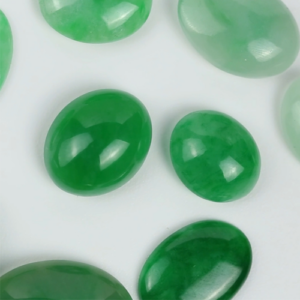Properties
| Family | Chrysoberyl |
| Chemistry | BeAl1O4 |
| Refractive Index | 1.746 - 1.763 |
| Birefringence | .008 - .012 |
| Specific Gravity | 3.7 - 3.78 |
| Hardness | 8.5 (Moh's Scale) |
| Color Range | Golden-Yellow, green-yellow, green, brownish, red |
Romance, History & Lore
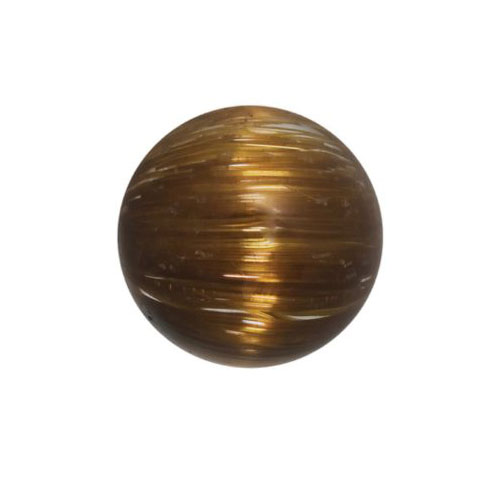
Chrysoberyl, one of the gemstone kingdom’s most phenomenal gems, has been prized for thousands of years as a talisman of good luck. Especially treasured for its cat-eye phenomenon, in some cultures, chrysoberyl was carried as a charm protecting against evil spirits. Chrysoberyl has long been considered a good-luck charm in many cultures.
Today, chrysoberyl is an affordable, yet often-overlooked gemstone. In its classic form, chrysoberyl ranges from honey-gold to green in color, and translucent to transparent in clarity. It is sometimes compared to citrine or yellow sapphire, though chrysoberyl is far more affordable.
Origins
Chrysoberyl forms within metamorphic rocks containing beryllium, which exist in only a few parts of the world. Deposits have been found in Brazil, Madagascar, Myanmar, Pakistan, Russia, the United States and Zimbabwe.
Despite what many assume, chrysoberyl is not a member of the beryl gemstone family.

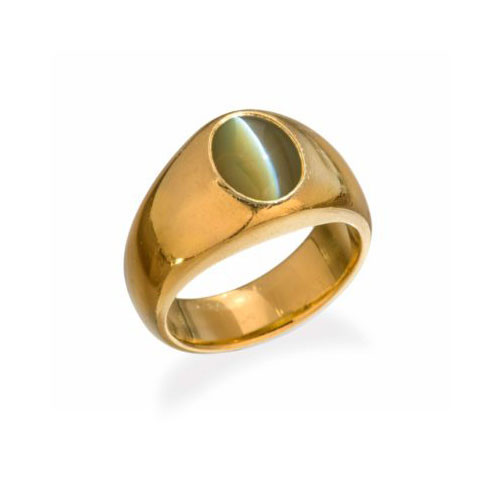
Selecting a Gemstone
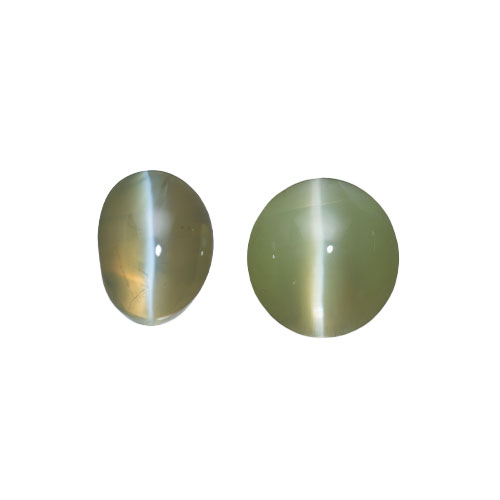
Another well-known form of chrysoberyl is cymophane, which features the most distinct cat’s-eye formation of all gemstones. When cut in a cabochon, cymophane displays a pupil-like band that appears to open and close when moved in the light, like a winking cat’s-eye. This phenomenon is caused by fibrous inclusions that reflect light in a sharply defined pattern. The short term “cat’s-eye” always refers to chrysoberyl; all other cat’s-eye must be qualified.The color of cymophane chrysoberyl ranges from a honey-brown to green, and its value is determined by the strength and sharpness of the cat’s-eye.

